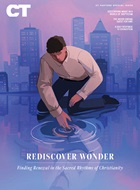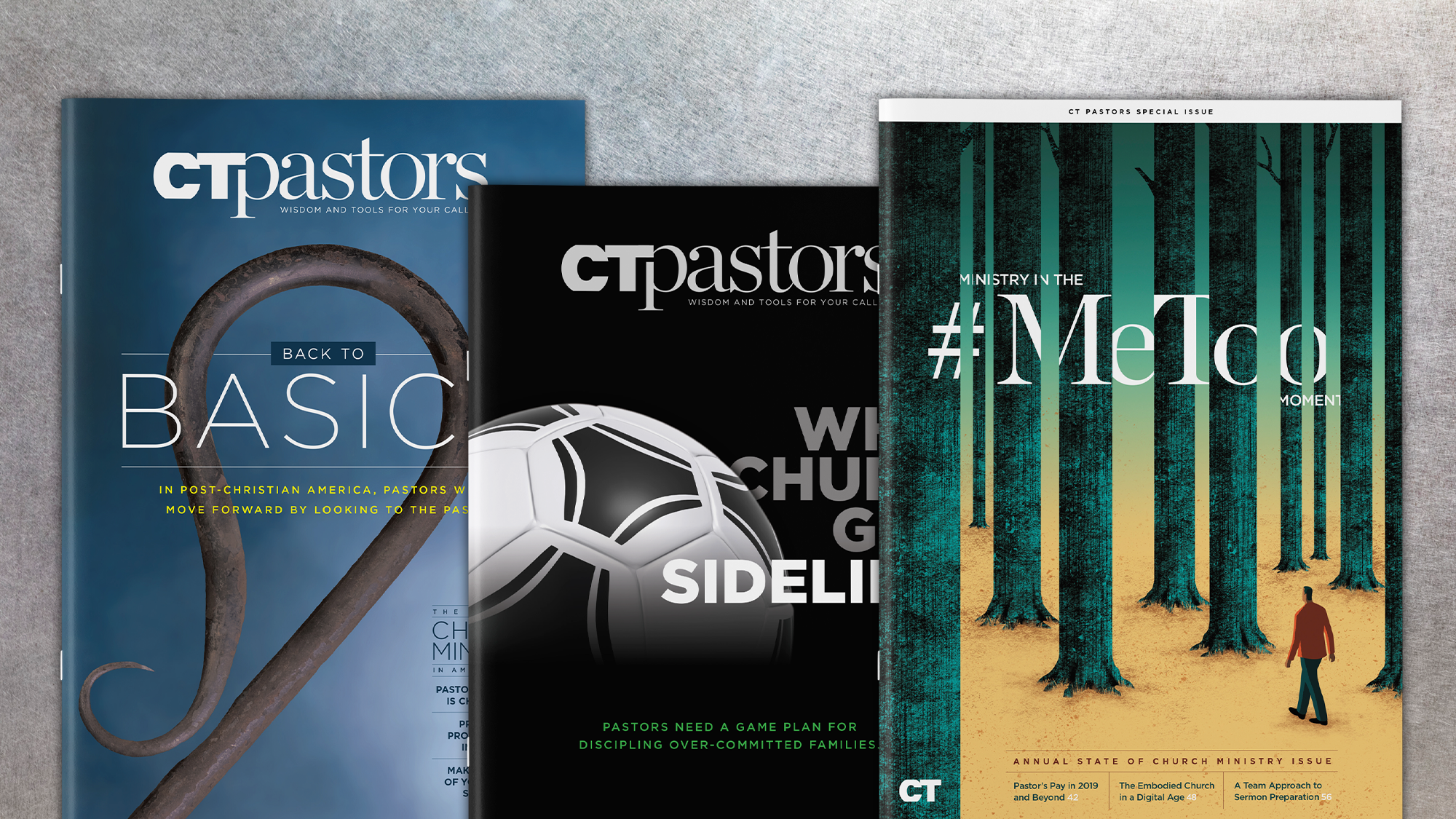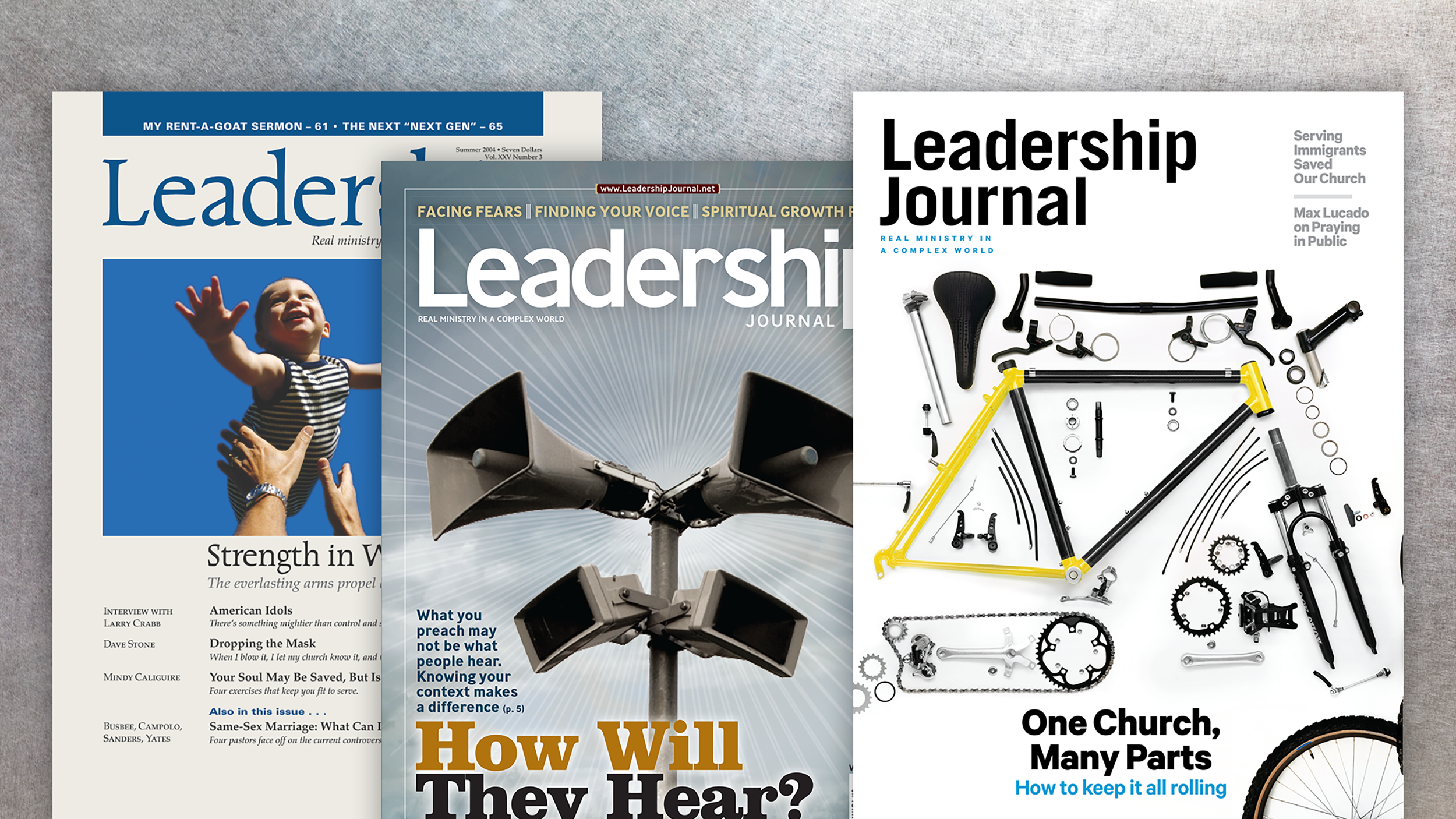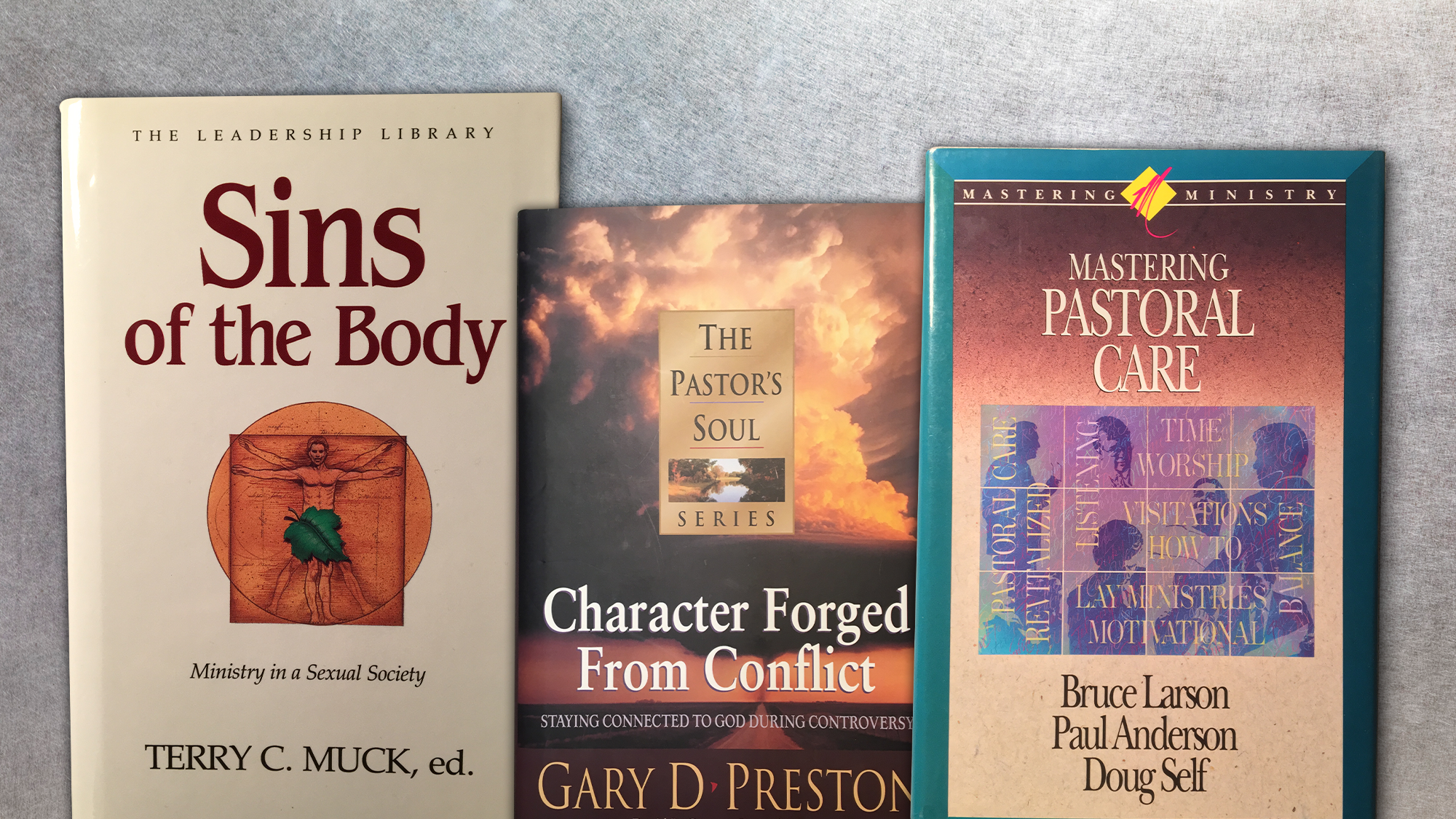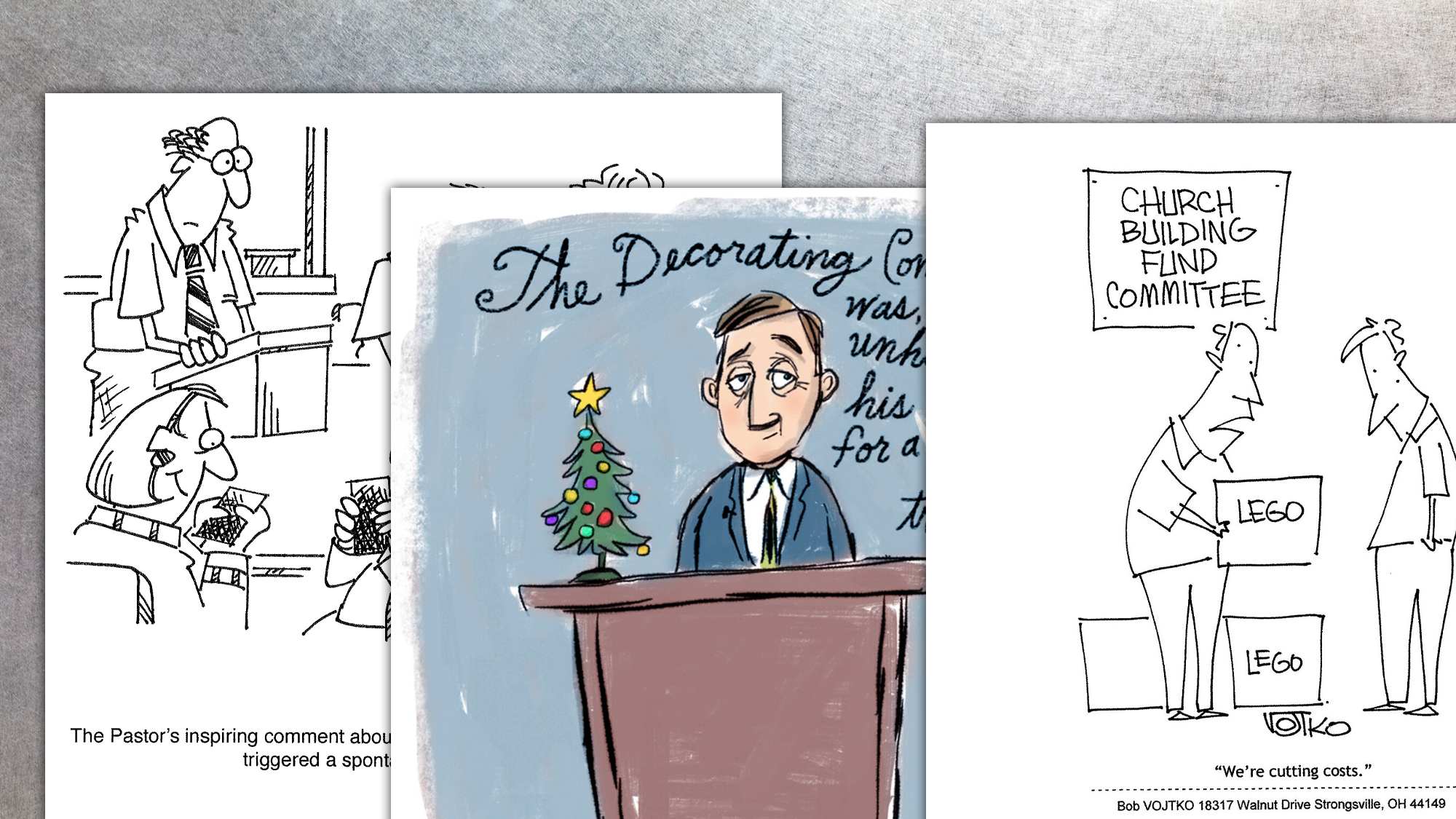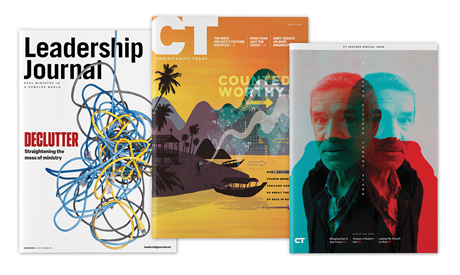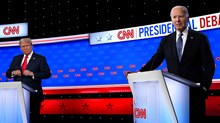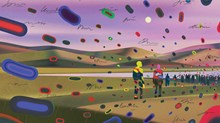Since 1990, Minneapolis and St. Paul have seen a massive influx of refugees. The Twin Cities metro area boasts the largest Hmong, Somali, and Oromo (Ethiopian) populations in the United States and the second largest Tibetan and Liberian concentrations.
The University of Minnesota is home to the largest Chinese student population in the country, and the cities were the eighth-fastest growing Hispanic area in the country during the 1990s. All this adds up to nearly half a million internationals, speaking more than 136 different languages.
And the church is responding, with 309 churches planted in the past three years, a pace of one new church every three days. And more churches are taking seriously the need to demonstrate the love of Christ in their communities.
There's "Church at Champps," a ministry of Wooddale Church that meets at a popular sports bar and grill. Its unconventional setting is drawing an unconventional crowd.
In addition, more than a dozen postmodern churches are meeting across ...
1
Support Our Work
Subscribe to CT for less than $4.25/month







